Table of Contents
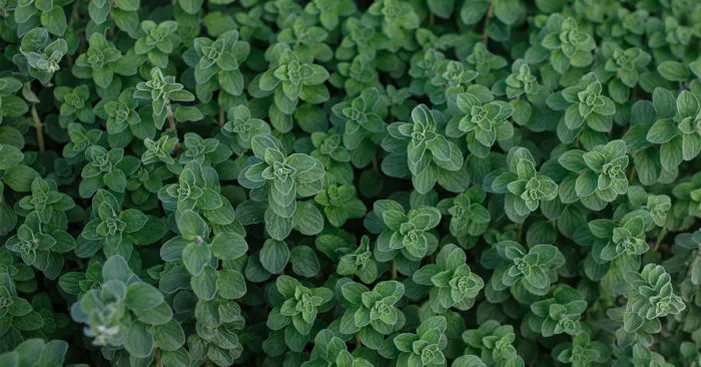
Oreganos are among the famous herbs used mostly as a spice for rice, pizzas, pesto, spaghetti…
It is not only very aromatic, but it also provides a good amount of nutrients beneficial for our health.
In this article, we gathered all the information you need to know about oreganos including oreganos types, a historical overview, nutritional values, and health benefits, possible side effects alongside tips on how to buy + use + store oreganos.
A historical overview
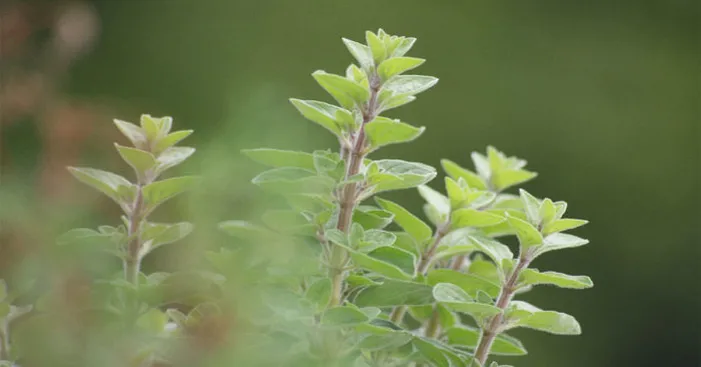
Oreganos includes more than 50 subspecies all part of the Lamiaceae family alongside basil, sage, and mint.
This plant is usually confused with Marjoram, a close cousin within the same family and among the same genus Origanum.
In fact, the botanic name of Marjoram is Origanum Majorana while the scientific name of oreganos is Origanum Vulgare or wild Marjoram.
These herbs originally grew across the Mediterranean basin since the Romans and it was exported to Central Asia and the Americas.
In Roman mythology, Venus used oreganos to heal the wounds caused by the arrows of Cupid (God of love).
Also in Greece mythology, Oreganos grow in abundance on Mount Olympus where Zeus is believed to live.
Both the Greeks and the Romans believed in the aphrodisiac effects of this plant so they offered it to newly married couples.
It is believed that the use of oreganos in medicines dates more than 3000 years ago when people used it to treat gastric disorders, snake bites, and flatulence.
Until today, Oreganos have long been used to decorate the crowns of brides and make refreshing infusion tea.
Types of oreganos:
Botanically, the true varieties of oreganos are the ones belonging to the Origanum genus of the Lamiaceae family.
International cuisines call many plants “oregano” even though they are not technically in the same genus as oregano.
Here are some of the common varieties of oreganos used:
Origanum vulgare:

This is the best-suited variety to be called “oreganos” and many people refer to it as “true oregano”.
This plant is very famous in Italian cuisine as it is used to make tomato sauces and pizzas.
This type of oregano flourishes in sunny weather with well-drained soils all across the Mediterranean.
This species includes many varieties with the famous two being Origanum vulgar Hitrum and Origanum Aureum.
Syrian oregano:

Botanically referred to as Origanum maru or Origanum Syriacum, this plant is very famous in the Middle East where they call it “Za’atar”.
This variety of oregano is used in many spice blends alongside sesame seeds and ground sumac.
The plant grows mostly in the wild but can also be grown indoors or outdoors in dry and hot climates.
Marjoram:
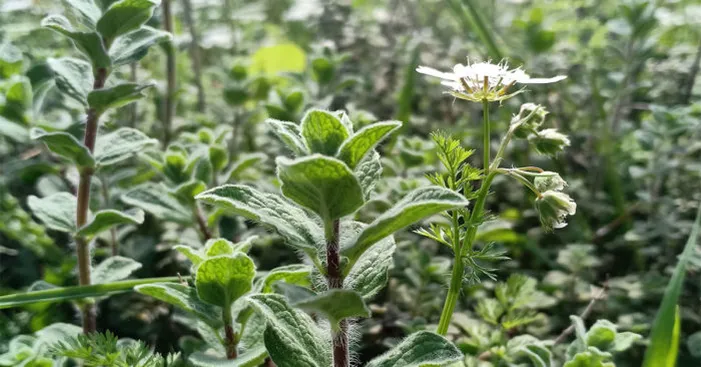
Mostly used in Europe and the Middle East, this variety goes by the scientific name Origanum Majorana.
The flavor of this variety of oregano is very similar to the “true oregano” with a little touch of spiciness.
Origanum laevigatum:
This variety includes Hopley’s Purple Oregano and Kent Beauty Oregano which are both used for their leaves and odor.
Many people like to plant these subspecies of oregano to enjoy their strong refreshing fragrance.
However, the leaves of these subspecies are also edible and they have a milder flavor compared to “true oregano”.
Other non-oreganos sibling plants:
There are many plants used in kitchens worldwide that are not botanically part of the oreganos genus but have similar culinary uses.
Mexican oregano:
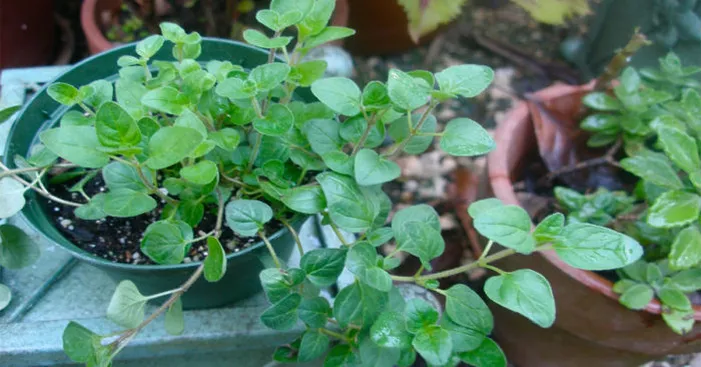
Scientifically known as Lippia Graveolens, it’s a perennial shrub very famous in Latin America and mostly in Mexico.
This herb belongs to the Verbena family which has a bold flavor that can be described as a “stronger version of oregano”.
Cuban oregano:
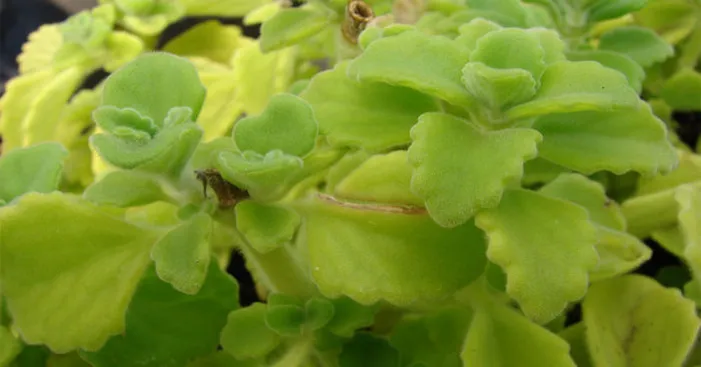
Also known as Spanish thyme, this herb is also a member of the Lamiaceae family but it belongs to the Plectranthus Amboinicus genus.
This herb is a very famous spice in African, Indian, and Caribbean cuisines.
Mexican sage:

This plant goes by different names including “Mexican bush oregano”, “Rosemary mint, and Mexican sage.
It is part of the Poliomintha Longiflora genus which is part of the Lamiaceae family like “true oreganos”.
Mexican sage is very aromatic and has beautiful purple, tube-shaped flowers.
Oreganos nutritional values and health benefits:
Nutritional values:
These data counts for a tablespoon (3.8g) of dried oregano powder:

- Calories: 10
- Protein: 0.3g
- Carbs: 2.6g
- Dietary fibers: 1.6g
- Fats: 0.2g
- A vitamin:
- C vitamin:
- E vitamin: 5%
- K vitamin: 20%
- B1 vitamin: 1%
- B3 vitamin: 2%
- B6 vitamin: 2%
- B9 vitamin: 2%
- Calcium: 5%
- Copper: 2%
- Zinc: 1%
- Manganese: 8%
- Iron: 8%
- Magnesium: 2%
- Potassium: 1%
Health benefits:
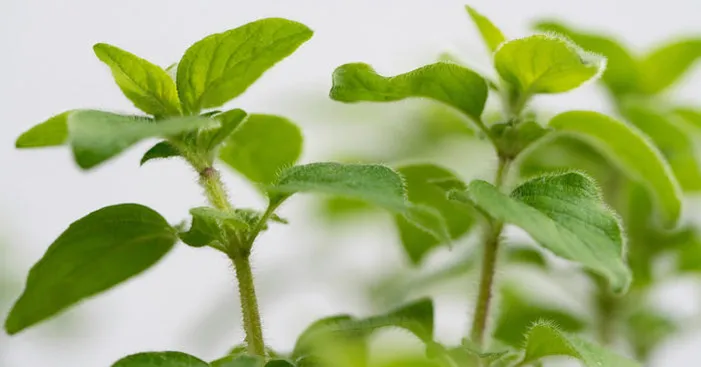
Good against diabetes:
Many studies based on the effectiveness of oregano to help control diabetes shows that it:
- Regulates carbohydrate metabolism.
- Enhances insulin resistance.
- Repairs damaged kidney and liver tissues.
In many traditions around the world, people use oregano leaves and flowers to help control blood sugar levels.
Experts don’t know the cause of type 1 diabetes but oxidative stress may be one of the main causes.
Some researchers have proved the beneficial effect of this plant in mice with type 1 diabetes.
This could probably be thanks to the powerful antioxidants in oreganos which can reduce oxidative stress and stop cell death.
Anti-inflammatory effect:
According to studies, oreganos contain rosmarinic acid and thymol which give this herb strong inflammatory properties.
Many animal studies confirm that its extract provides anti-inflammatory properties able to treat:
- Allergic asthma.
- Rheumatoid arthritis.
- Autoimmune joints inflammation.
However, all these scientific studies were done using strong and concentrated oregano oil on animals.
This means that we still need to confirm these results on human consumption of fresh oregano.
May help fight cancer:
Scientists confirm that oregano extract helped prevent DNA and radiation damage.
In addition, thymol and other phenol antioxidants in this herb can prevent melanoma cells and prevent the spread of skin cancer.
Adding raw and fresh oreganos to your salads and drinks will definitely enhance your body’s resistance to cancer.
Another study in 2013 also confirms the effectiveness of oreganos in stopping the progression of breast cancer.
A natural pain reliever:
Consuming oreganos or using its oil extract can relieve pain based on many scientific studies.
In fact, researchers found that oregano essential oil has similar effects to morphine and fenoprofen.
This is due to the carvacrol content found in oreganos, a phenol compound with high antioxidant properties.
You should also know that phenolic antioxidants break down quickly above 140°F (60°C).
This means that the best way to get all the pain-killing effects from oreganos is by consuming it raw or adding it after cooking.
Promotes intestinal health:
Bloating, diarrhea and abdominal pain are all symptoms caused by the presence of intestinal parasites.
This is where oreganos come in handy, this plant is very effective against these parasites and can relieve these intestinal issues.
In 2016, a study published in Biomedical Research International shows that oreganos protect the intestinal walls of piglets.
In fact, the thymol and carvacrol content of oregano was able to significantly reduce the presence of E.coli.
Also, a newer study in 2021 examined the effect of oregano oil on the gut and it showed lower mortality rates.
Can reduce cholesterol:
Oreganos can reduce the bad cholesterol circulating in the blood thanks to its phenolic components.
In fact, studies show that Carvacrol and Thymol in oreganos are able to reduce bad cholesterol in the blood.
One study published in 2012 by Evidence-Based Complementary and Alternative Medicine journal shows that carvacrol can reduce cholesterol levels in mice.
Can help heal wounds:
Traditionally, oregano oil has been used to speed up wound healing.
This is thanks to the anti-parasitic components of this plant which prevent infection and promote healing.
With many scientific pieces of research proving the effectiveness of such compounds of oreganos, it is now used in many medicines.
The most effective way is to use pure natural oregano oil or oregano-based medicines to promote postoperative wounds.
May help treat fungal infections:
Oregano oil contains strong anti-fungal components some of which are used to treat prostatic stomatitis and oral candidiasis.
There is much scientific evidence confirming these anti-fungal properties of oreganos against yeast infections and Candida.
Furthermore, one study showed how oregano oil can be very effective if used for a foot bath to eradicate fungi.
Other health benefits:
- Relieves Muscle pain.
- Treats acne.
- Eliminates dandruff.
- Calms toothache.
- Good for sore throats and bronchitis.
- Relieves menstruation.
- Improves digestion.
- Helps lose weight.
- Promotes a healthy cardiovascular system.
- Good against depression, stress, insomnia, and anxiety.
- Relieves constipation.
Precautions before you consume oreganos:

This herb is generally safe to use as whole fresh leaves, ground powder, or oil extract.
Nonetheless, a very small group of people may experience some side effects including:
- stomachache.
- Allergic reaction.
- Skin irritation for some people when they apply oregano oil on their skin.
Especially for oregano oil with a concentration greater than 1%, you should never apply it directly on the skin.
Due to its strong nutritional composition, certain groups of people should avoid consuming oreganos including:
People with bleeding disorders:
Because this herb thins the blood, it could provoke excessive bleeding, especially for people with open wounds, during menstruation and post-operation.
Doctors recommend stopping the usage of oreganos 2 weeks before the operation.
Nursing and pregnant women:
An overconsumption of oreganos may be dangerous during pregnancy as it could result in miscarriage.
Due to the lack of scientific research, it is advised to stay away from oreganos while breastfeeding.
Individuals with allergies:
Some people could face allergic reactions when they consume or use oreganos and could experience:
- Tongue and lips swelling.
- Skin irritation.
- Hives
- Breathing difficulties.
- Anaphylactic reaction (requires hospitalization).
This includes the people who are already allergic to plants in the Lamiaceae family including lavender, sage, peppermint, basil, rosemary, thyme, mints…
Diabetic patients:
Because it can cause a sudden drop in blood sugar levels, diabetic people must be cautious when using oreganos or ask their doctor first.
Using oreganos:
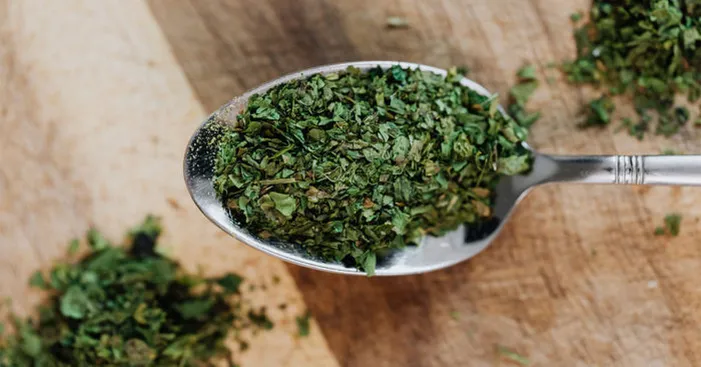
This herb is one of the most iconic herbs used in Italian cuisine whether dried or fresh.
In fact, oreganos are used like basil in many Italian recipes like pizzas, pies, tomato sauce, fish, and meat dishes.
The best way to use oregano leaves is to include them raw with vegetables, potatoes, and pasta.
However, fresh oregano contains much more aroma and fragrance and is best added at the very last minute.
You can make an infusion tea using oregano by boiling water and then adding oregano flowers and leaves.
As for oregano oil, you can add it to a steam bath and breath it in to relieve congestion.
Rice with chickpeas and oreganos:

Ingredients:
- 1 cup/200g of rice (preferably Sona masoori rice).
- A cup of boiled chickpeas (160g).
- 2 cups of water.
- 1 tsp of dried oreganos powder.
- 2 tbsps. of butter and 2 tbsps. of olive oil.
- ½ tsp of dried basil powder.
- 1 tsp of salt and ground black pepper.
Preparation:
- Cook the rice in water over medium heat for 20 minutes (more or less until the grains become soft).
- Heat olive oil and butter in a frying pan then add the cooked chickpeas and cook them while stirring for 5 minutes.
- Now turn off the heat and season the chickpeas with salt, basil, oreganos, and ground black pepper.
- Serve the rice sided with seasoned chickpeas on the top or side and enjoy it with your loved ones!
Pizza sauce with oreganos:

Ingredients:
- 2 garlic cloves chopped.
- 2 tbsps. of olive oil.
- 1 lb of fresh tomato purée ( 2 cups or 500g of tomato paste).
- ½ cup of chicken broth (or vegetable broth).
- A finely chopped onion.
- 1 tsp of salt and pepper.
- 1 tsp of ground oreganos.
Preparation:
- Start by heating olive oil on medium heat in a pan then fry the chopped onion with garlic until they become soft.
- Now add the tomato puree, and the broth then stir until you obtain a homogenous mix.
- Let the mixture boil until it thickens.
- Season it with salt, pepper and oreganos powder then stir again for 1 minute.
- Take the pizza sauce off the heat, let it cool down and it’s ready to be used in your pizza recipe!
Buying oregano:
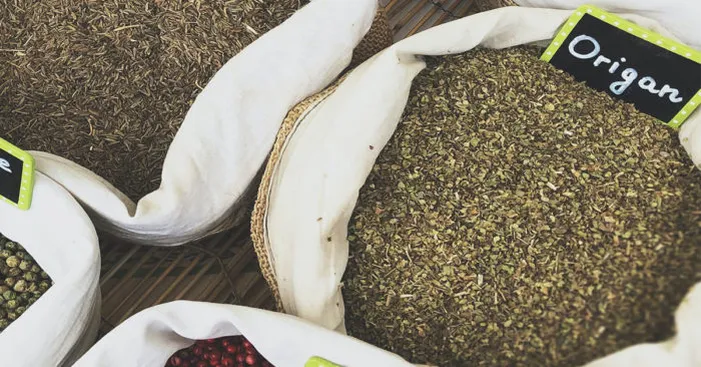
In order to buy fresh oreganos you need to know a couple of things:
- Good quality oreganos must have green leaves, firm stems, and barely opened flowers.
- Preferably, organically grown without pesticides.
- Fresh oreganos are more likely to be found during its season from May to September when it’s the most fragrant.
- Dried and ground oreganos can be found all year round.
Storing oregano:
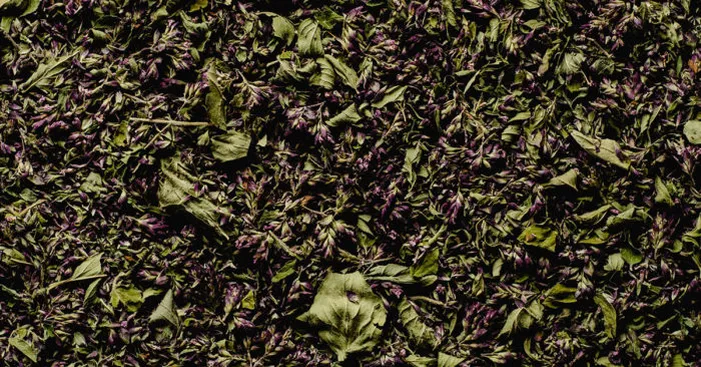
We can either consume oreganos fresh or dried and there’s a different storage technique for each of them.
Just like most herbs, fresh oregano leaves are best kept in a plastic or paper bag and in the lower part of the fridge (crisper).
Storing oregano leaves in the fridge would make them last for up 7 days.
However, oreganos can also be frozen for 12 months after being washed and placed in a freezing bag.
One of the most common ways to conserve oregano leaves is to dry them in a dark place a room temperature (pantry) for 15 days.
By drying them out, whether you wanted to grind them or not, dry oreganos can last up to 3 years away from moisture.
